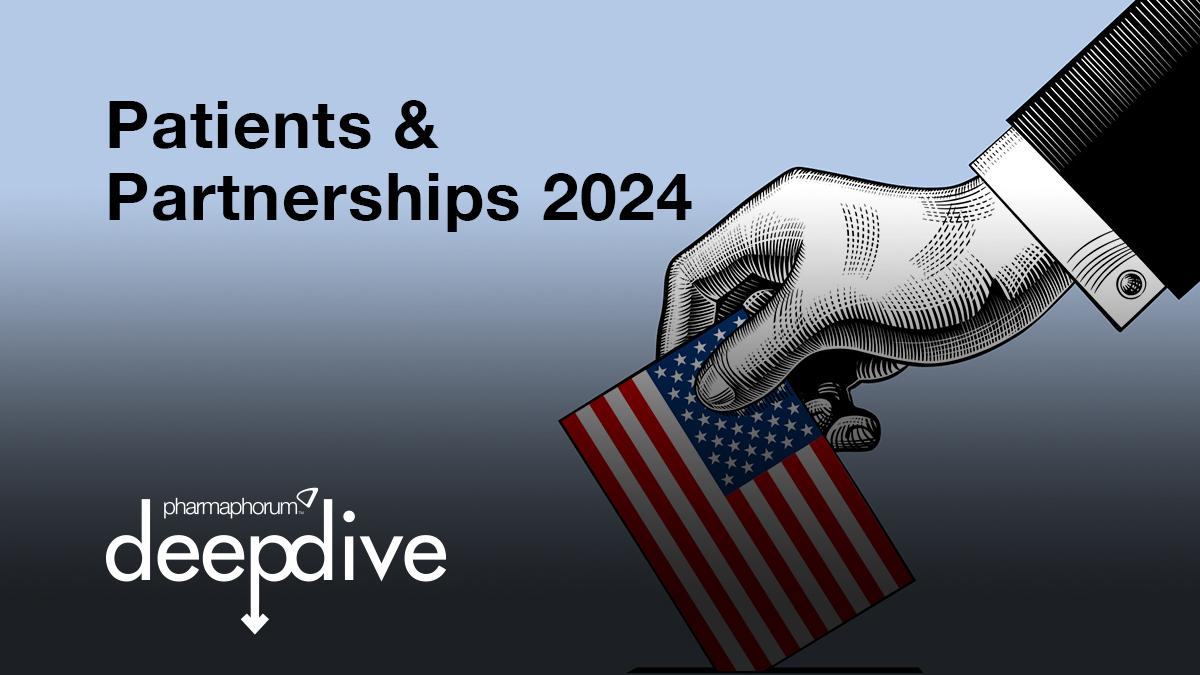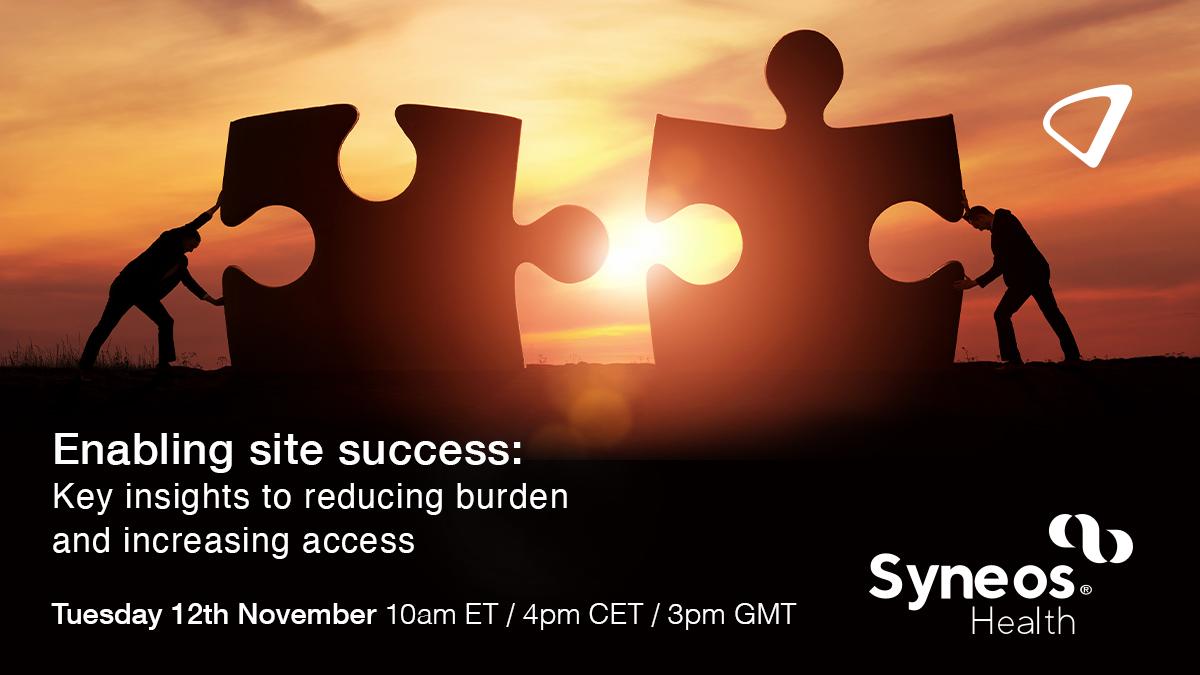Think tomorrow to act today

Strategy, by definition, is about the future. Yet in the pharma world of evidence and data we often neglect foresight in our strategy building. David Coleiro explores the reasons for this and makes a case for a change of mindset.
As an industry we rely heavily on evidence and data. Where patients' lives are involved this is definitely a good thing. However, this strength in analytical thinking can lead to a bias towards retrospective, rather than prospective, analysis and means that often we are less focused on the future than we should be. As it takes an estimated 15 to 20 years to develop, test and license a new drug and changes to the healthcare environment are constant and accelerating, looking to the future should be a core capability for the pharma industry.
So why don't we do it?
There is one simple reason: we are human beings and therefore we all have multiple cognitive biases. Some of these often lead us to ignore the future in our decision making. These biases include:
• Anchoring effect: Over-reliance on a single, or initial, piece of information or knowledge when making a decision. This is why we all ladder information up to 'the key take-away' and why key messages work in marketing
• Backfire effect: Reaction to discomforting evidence by strengthening opposing existing beliefs. This is why, in the olden days, people were burned at the stake (a pretty major backfire effect!) for proposing, against beliefs held at the time, that the Earth travelled round the sun, for example. Today, it is also one of the powerful reasons why smokers continue to smoke despite overwhelming evidence of the negative impact on their health. The more people and society tell them to stop, the more they are convinced to continue smoking
• Ambiguity effect: Tendency to avoid options for which missing information makes the probability seem 'unknown'. This is why people put money in lower-return 'safe' investments, rather than in the stock market where there is an ambiguous return
• Optimism bias: The over-prediction of positive outcomes. If we think that things will always work out well for our brand or business then why concern ourselves with the future?
"When quarterly and annual targets have to be met, who has the time, energy or focus for events which are three, five or 10 years away?"
The future is scary, unknown and always somewhere in the distance, so often we choose to ignore it. This is also true in a business context where organisational structures support short-term thinking. When quarterly and annual targets have to be met, who has the time, energy or focus for events which are three, five or 10 years away?
Yet any upcoming event, whether a new product launch, competitor patent expiry, change to treatment guidelines, potential new indication or shift in government policy, impacts the future and changes the competitive environment. Whether six months, two years or a decade away, it is the future. If you are 100 per cent confident that none of these things is going to happen in your market, then focus on the here-and-now. But in today's fast-changing healthcare world, is that realistic?
Why should we do it?
Strategy, by definition, is about the future. Considering the changing elements, like those listed, that may impact your commercial environment is crucial to success. This should not be a conceptual, futuristic exercise, but used to help build a plan to achieve goals and ensure the right choices and actions are taken today.
"Future thinking aligns to the mindset of the pharma industry"
Understanding the future gives significant competitive edge. Leaders in other industries, such as the telecoms provider Orange, which focus on this type of work, believe it gives them six to 12 months' advantage over the competition.
How to make it happen
A change of mindset is required. Abandon the idea of impossible and recognise that knowledge of the future is limited and, while likely new technologies can be imagined, how they will be applied in that future world can only be guessed at, however well-educated that guess is. This is the marriage of the analytical and imaginative mentioned above that is at the heart of future scenarios. Collect enough data to increase understanding and then give ourselves permission to imagine what that could mean and explore the possibilities.
What can it actually achieve?
I am delighted when we are asked this. As an agency we are rightly judged on what is done differently (and better) as a result of our work with clients. Future-focused projects run with clients in the last couple of years have resulted in significant shifts in their strategies and actions. These include:
• Portfolio decisions and prioritisations with significant shifts in investment
• Strategic actions taken based on market triggers and events identified by foresight activities
• New clinical trials designed, and current trials set up, where the target patient populations and endpoints have altered
• Discovery scientists around the world are targeting different areas and focusing on new opportunities
"No matter what happens, the US Navy is not going to be caught napping." – Frank Knox, US Secretary of the Navy, 4 December 1941
Japanese aircraft attack the US Fleet moored at Pearl Harbor, 7 December 1941
This is obviously an extreme example, but highlights the need to look to, prepare for and shape, the future. Who can afford not to?
About the author
David Coleiro is a Partner at Strategic North, a healthcare marketing agency which works with clients in the pharmaceutical industry around the globe to build joined-up, strategic stories. They conduct and integrate smart market research and develop insight and strategy that enable clients to create the successful brands of tomorrow. David and his colleagues tweet @StrategicNorth and blog at www.strategicnorth.com/blog. Contact him at david.coleiro@strategicnorth.com
Have your say: How important is future thinking to your business?











